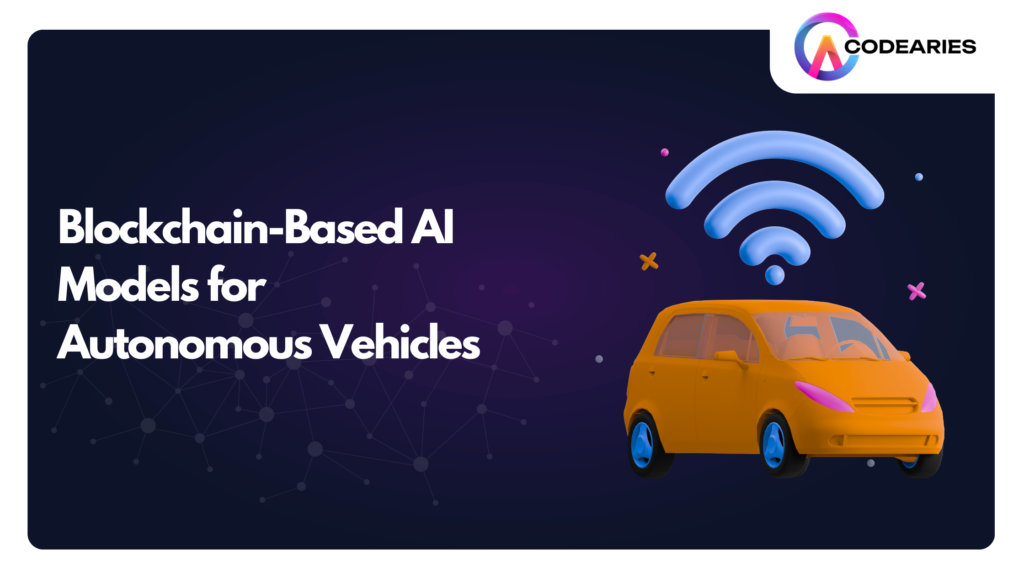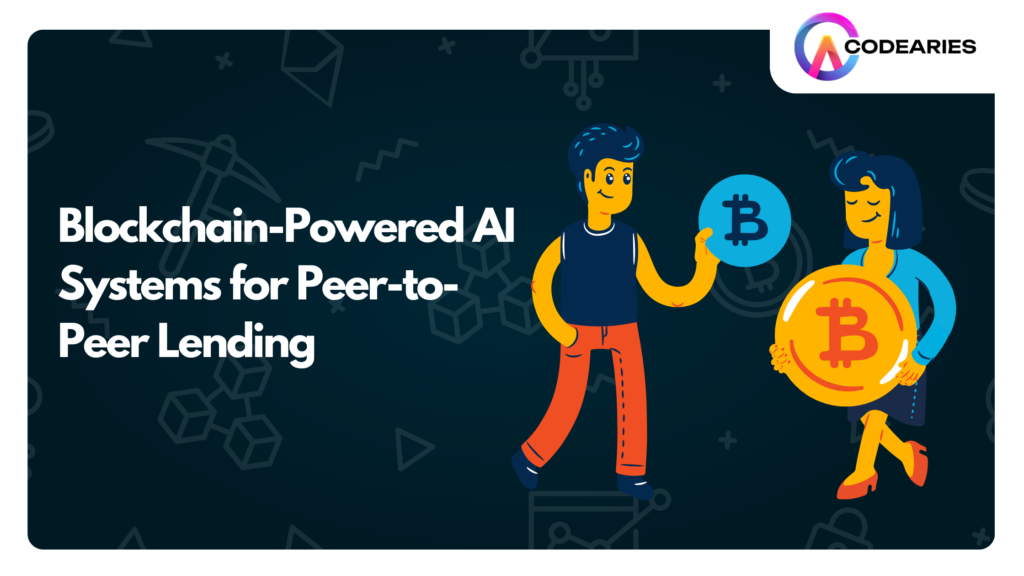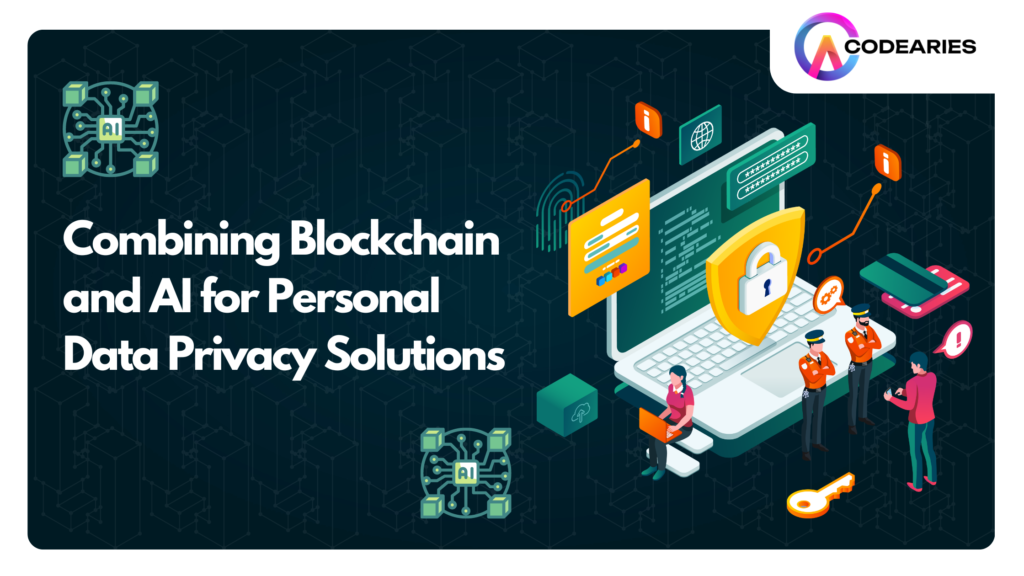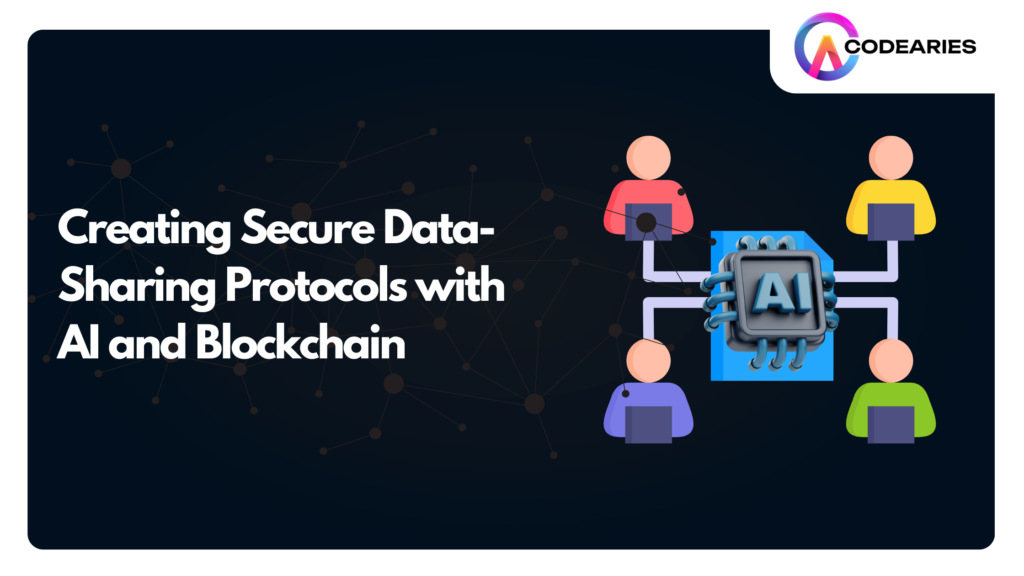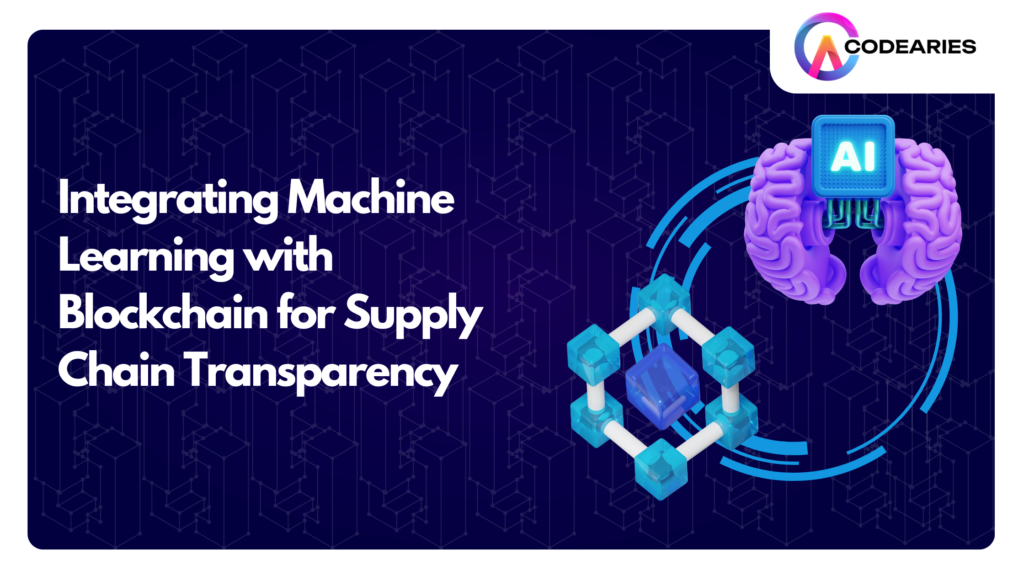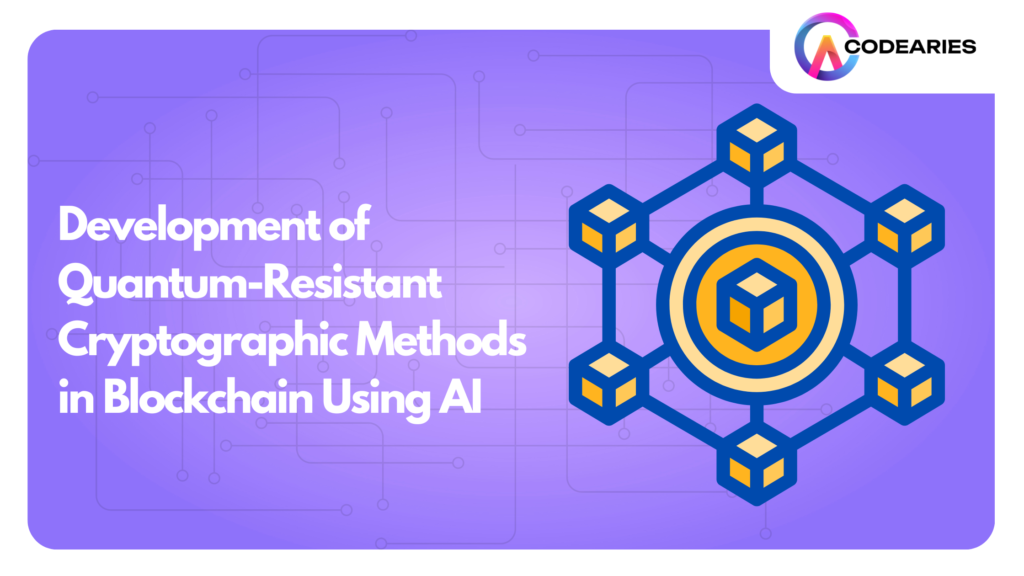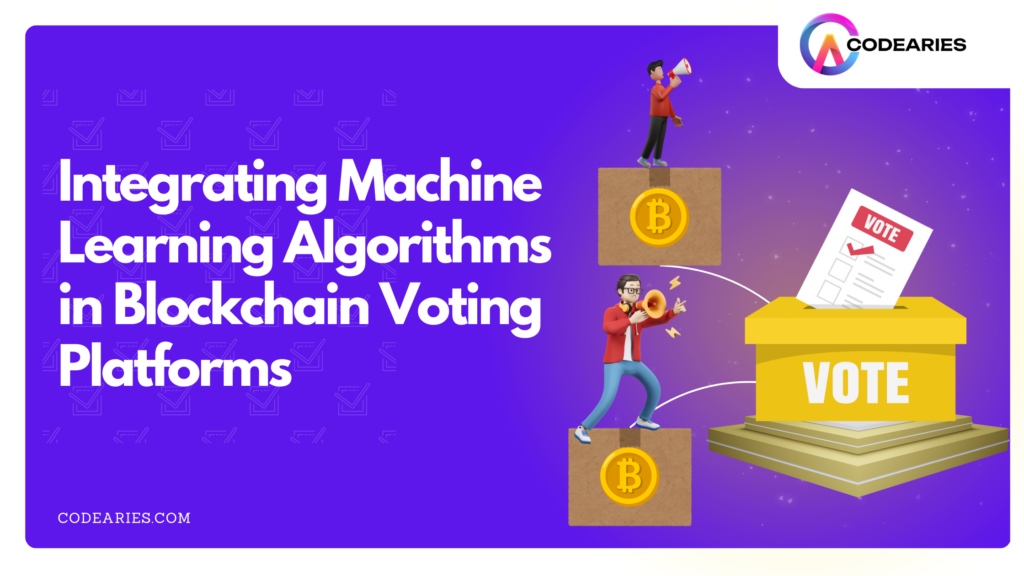Blockchain-Based AI Models for Autonomous Vehicles
Autonomous vehicles (AVs) are the cornerstone of the next generation of transportation, with artificial intelligence (AI) guiding decision-making, safety, and navigation. However, one of the most significant challenges facing AVs is ensuring security, privacy, and transparency. This is where blockchain-based AI models come into play. Integrating blockchain into AI frameworks for autonomous vehicles unlocks a more secure, decentralized, and transparent system. Initially developed for cryptocurrency transactions, blockchain technology is now being applied to various industries. Blockchain offers a unique value proposition for autonomous vehicles by providing a tamper-proof, decentralized ledger system. This system can track data exchanges, enhance AI model training, and establish trustless environments. With the rise of cyber threats and the complexity of AI decision-making in AVs, blockchain-based AI models can provide the necessary infrastructure to support secure and reliable autonomous driving. What is Blockchain Technology? Blockchain technology is a decentralized and distributed ledger that records transactions across multiple computers. These records, known as blocks, are linked using cryptography, creating a secure and immutable data chain. Each block contains a list of transactions, a timestamp, and a reference to the previous block, forming an unchangeable record of the transaction history. This decentralized structure makes blockchain inherently secure and transparent, as no single entity controls the data.In the context of autonomous vehicles, blockchain can be utilized to store critical information about the vehicle’s operations, sensor data, and AI decisions. The decentralized nature of blockchain ensures that this data is secured from tampering or unauthorized access, enhancing the overall security of autonomous driving systems.The global autonomous vehicle market size was valued at USD 1,500.3 billion in 2022 and is projected to grow from USD 1,921.1 billion in 2023 to USD 13,632.4 billion by 2030, exhibiting a CAGR of 32.3% during the forecast period. Asia-Pacific dominated the autonomous vehicle industry with a market share of 50.44% in 2022. Specific use cases of blockchain in autonomous vehicles Data sharing and management: Securely sharing data between vehicle manufacturers, infrastructure providers, and other stakeholders. Vehicle ownership and verification: Providing a transparent and tamper-proof record of vehicle ownership. Autonomous vehicle insurance: Offering fair and transparent insurance premiums based on real-time driving data. Supply chain tracking: Ensuring the authenticity and provenance of vehicle components. Role of AI in Autonomous Vehicles AI plays a crucial role in autonomous vehicles, enabling them to make real-time decisions based on huge amounts of data from sensors, cameras, and other onboard systems. AI algorithms are responsible for everything from navigation and obstacle detection to decision-making and vehicle control.Here’s an overview of the critical functions AI performs in this realm: Perception Sensor Fusion: AI integrates data from multiple sensors—including cameras, LiDAR, radar, and ultrasonic devices—to form a holistic view of the environment. Object Detection and Recognition: AI identifies and classifies various objects, such as vehicles, pedestrians, traffic signals, and lane markings, through advanced algorithms. Semantic Segmentation: AI breaks down the visual scene into distinct categories (e.g., roads, sidewalks, obstacles) to contextualize its surroundings effectively. Decision-Making Path Planning: AI calculates the best route for the vehicle, taking into account traffic conditions, obstacles, and the intended destination. Motion Planning: It orchestrates the vehicle’s movements to navigate complex environments while avoiding potential collisions. Risk Assessment: AI analyzes potential hazards, ensuring safe and reliable vehicle operation. Control Steering Management: AI guides the vehicle’s steering system to accurately adhere to the planned path. Speed Regulation: It manages acceleration and braking, ensuring a safe distance from other vehicles and responding promptly to changing traffic conditions. Lane Keeping Assistance: AI helps maintain lane discipline, even in challenging driving environments. Machine Learning Continuous Enhancement: AI algorithms learn from previous experiences, refining their capabilities. Adaptive Responses: They adjust to new scenarios and evolving conditions, allowing for more flexible driving behaviour. Predictive Analytics: AI anticipates potential dangers and initiates preventive actions to enhance safety. Natural Language Processing (NLP) Human-Vehicle Communication: AI facilitates interaction between vehicles and passengers, enabling natural language dialogues for information sharing and command execution. Blockchain-Enhanced AI Models for Autonomous Vehicles: An Overview Blockchain technology, renowned for its decentralized and transparent characteristics, presents a powerful solution for improving the development and deployment of AI models in autonomous vehicles. By merging AI with blockchain, we can tackle critical challenges such as data privacy, model transparency, and stakeholder trust. Source Key Advantages of Blockchain-Enhanced AI Models Here are the key advantages of Blockchain AI Models for Autonomous vehicles:Data Privacy and Security Decentralized Storage: Utilizing blockchain allows for distributing AI training data across a decentralized network, significantly reducing the danger of data breaches and unauthorized access. Data Encryption: You can encrypt sensitive information before entering the blockchain, adding an extra layer of protection against potential threats. Model Transparency and Verifiability Immutable Record: Blockchain maintains an unchangeable ledger that documents every stage of AI model development, training, and deployment, ensuring high levels of transparency and accountability. Model Provenance: You can easily trace the history and origin of AI models through the blockchain, which instills confidence in their integrity and performance. Trust and Reliability Tamper-Resistant Records: Blockchain’s inherent design prevents alterations to AI models and their associated data, fostering trust among users and stakeholders. Consensus Mechanisms: Blockchain employs consensus protocols, such as proof-of-work or proof-of-stake, which guarantee that AI models are developed and deployed equitably and reliably. Potential Applications Secure Storage of Autonomous Vehicle Training DataBlockchain can facilitate secure storage and sharing of training data for AI models, safeguarding privacy and preventing unauthorized access.Tracking AI Model Development and DeploymentThe technology can monitor the life cycle of AI models, enhancing transparency and accountability throughout their development and deployment phases.Governance Frameworks for AI ModelsBlockchain can establish governance protocols for AI development, ensuring that models are created and used responsibly and ethically.Decentralized AI Model MarketplaceBlockchain enables the creation of a decentralized marketplace where AI models and their data can be exchanged freely, promoting collaboration and innovation in the industry. Notable Industry Initiatives BMW’s Blockchain Supply Chain Tracking: BMW is actively looking into the potential of blockchain technology to enhance the tracking of its vehicle supply chain. This

